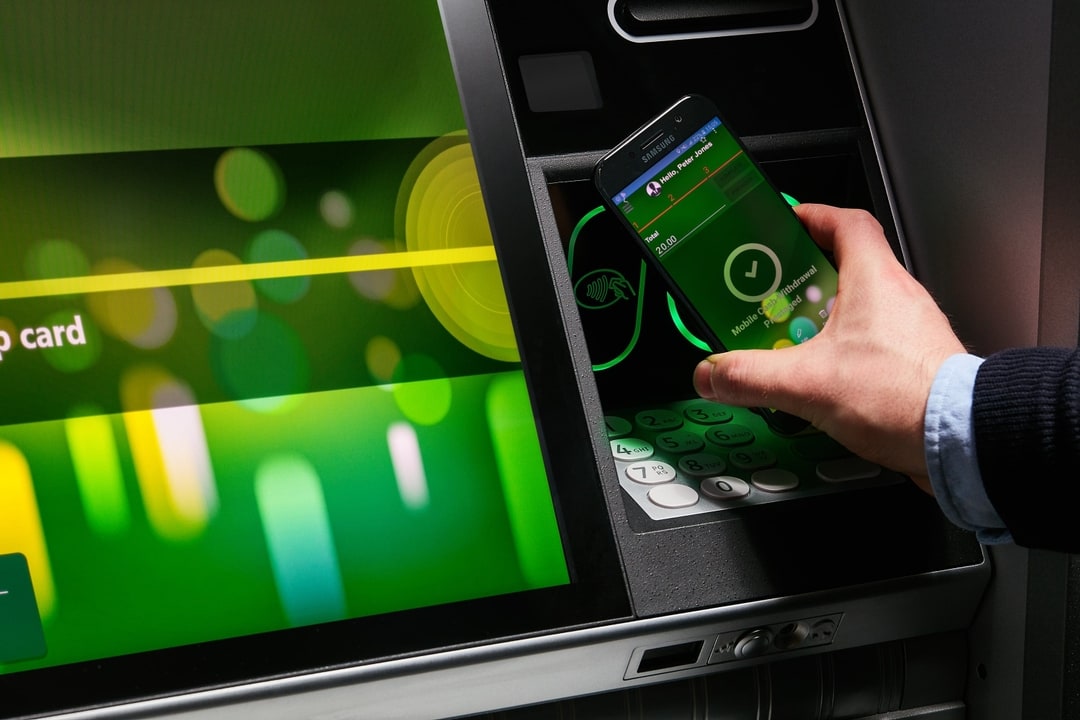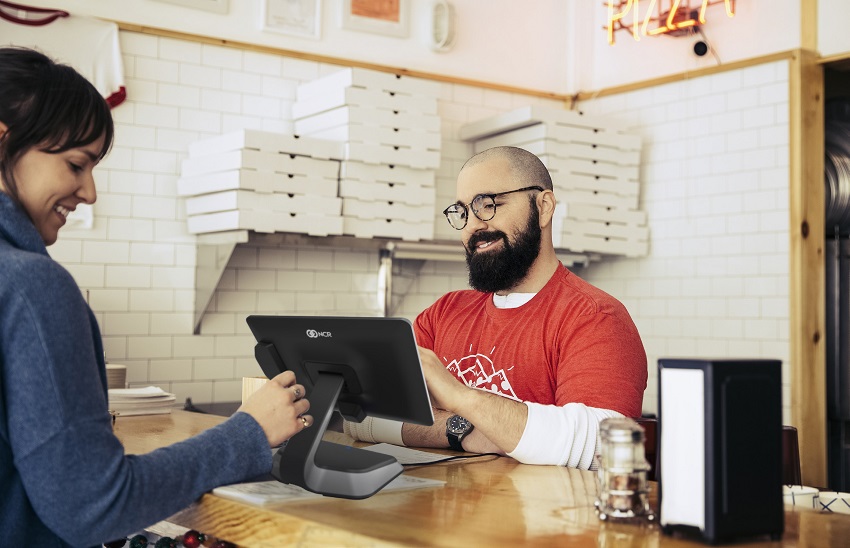How multi-URL (AKA Two-Way) QR codes can add a digital element of personalization
Published December 13, 2022
What's a multi-URL QR code?
QR Codes, at their most basic, are bits of code that store information read by special software available on most modern smartphones.
They work similarly to barcodes. Each QR code is unique, holding pieces of information that can be translated into human language or images.
Multi-URL QR codes, also called two-way QR codes, enable you to encode more starting points of information in the same space. After scanning a multi-way QR code, the consumer is taken to a simple landing page containing multiple URLs, links and buttons for them to choose from depending on their needs and where they are in their customer journey.
What's the pandemic's role in the revival of QR codes?
One of the primary adaptations businesses needed after the COVID-19 pandemic was minimized contact with customers and clients that didn't sacrifice their experience. They needed a way to give customers access to menus, information, check-ins, Wi-Fi passwords and payment options without risking the unnecessary exchange of objects.
The use of QR codes meant patrons could access all aspects of a business digitally, which were previously limited to physical and paper-based interactions. This reduced the anxiety many people had when making a payment at a store or asking for the menu since no one had touched their smartphone but them.
How to integrate QR codes into your business offerings?
QR codes are virtually unlimited. They can be added to individual products so that customers can scan the code for more information. This includes sizing, materials and manufacturing details for clothing items. For consumable products, you can include common allergens, serving sizes and expiration dates in accessible fonts, sizes, contrast levels and even audio for the hard of hearing.
You can also integrate the scanning process with your business's website or mobile app, allowing customers to save items in their digital carts or making it easier for them to repurchase the same product later.
The most important advice, however, is to make the transition gradual. QR codes should add value to clients and customers, but they shouldn't make it difficult for customers to access your goods and services without an application.
For instance, even if you offer a QR code-based menu, consider keeping a supply of physical menus in case a customer asks for one. The same applies to payment options. While many prefer paying with their PayPal, Venmo and Cash App accounts through QR codes, don't remove the option for cash and credit card payments just yet.
Three ways QR codes can enhance your customer experience and boost your bottom line.
The limits of QR code technology are as far as your imagination will take you. Innovative ideas spread fast, and people are likely to share a business's unique service or accessibility option with their friends, family and acquaintances.
The following are a few of the best benefits of properly implemented QR codes.
1. Real-time customer insights
The information and services offered through QR codes are trackable. With the right tools, you can get to know your customers better than before.
You can track the services and information codes most scanned by customers, how they match up with their profiles and at what time of day. This information is incredibly valuable for offering personalized recommendations and advertisements to your customers at precisely the right time.
2. Trackable analytics
Adding trackable analytics technology to your QR codes instantly increases the reach of your data harvesting. With enough data, you can create more accurate buyer personas based on their behavior and purchasing history.
Furthermore, trackable QR codes can help you optimize your entire store. You can't expect all products to be equally popular in all locations, but tracking can help you better understand your customer's aversion and how to solve it.
3. Location-based content
Since QR codes need the physical presence of a potential customer to scan them, you can customize the contents of the QR code based on location. You can provide region-locked offers and deals that can be accessed only through the QR code or at set areas in your business.
Content can also be kept up-to-date and in the right language for whatever location. For example, suppose you operate in an area with a high influx of tourists in a specific season. You can change the QR code's URL to offer services in a different language for a set period without printing and launching a new advertising campaign.
QR codes are here to stay.
QR codes have found their place in today's market and are here to stay. The technology has evolved over the past 30 years, and there's no doubt it'll be used more as smartphone manufacturers continue adding the software to their camera apps.
In fact, it's estimated that in 2022, there will be 1 billion people using QR codes worldwide. Implementing the technology in your business may be the only way to attract the tech-savvy demographic of today.



